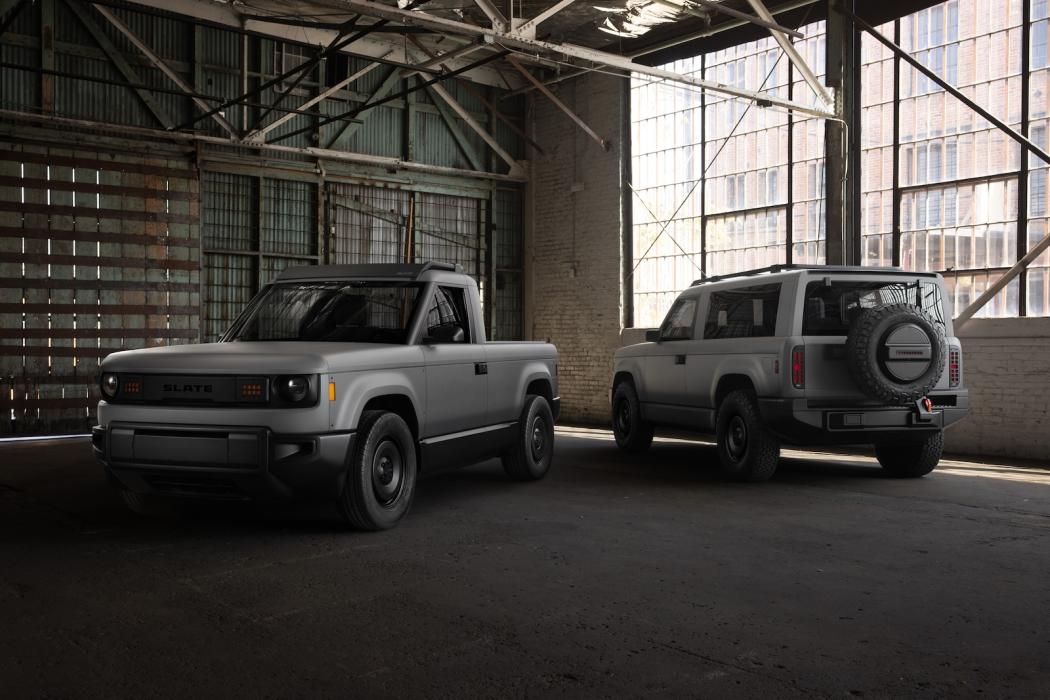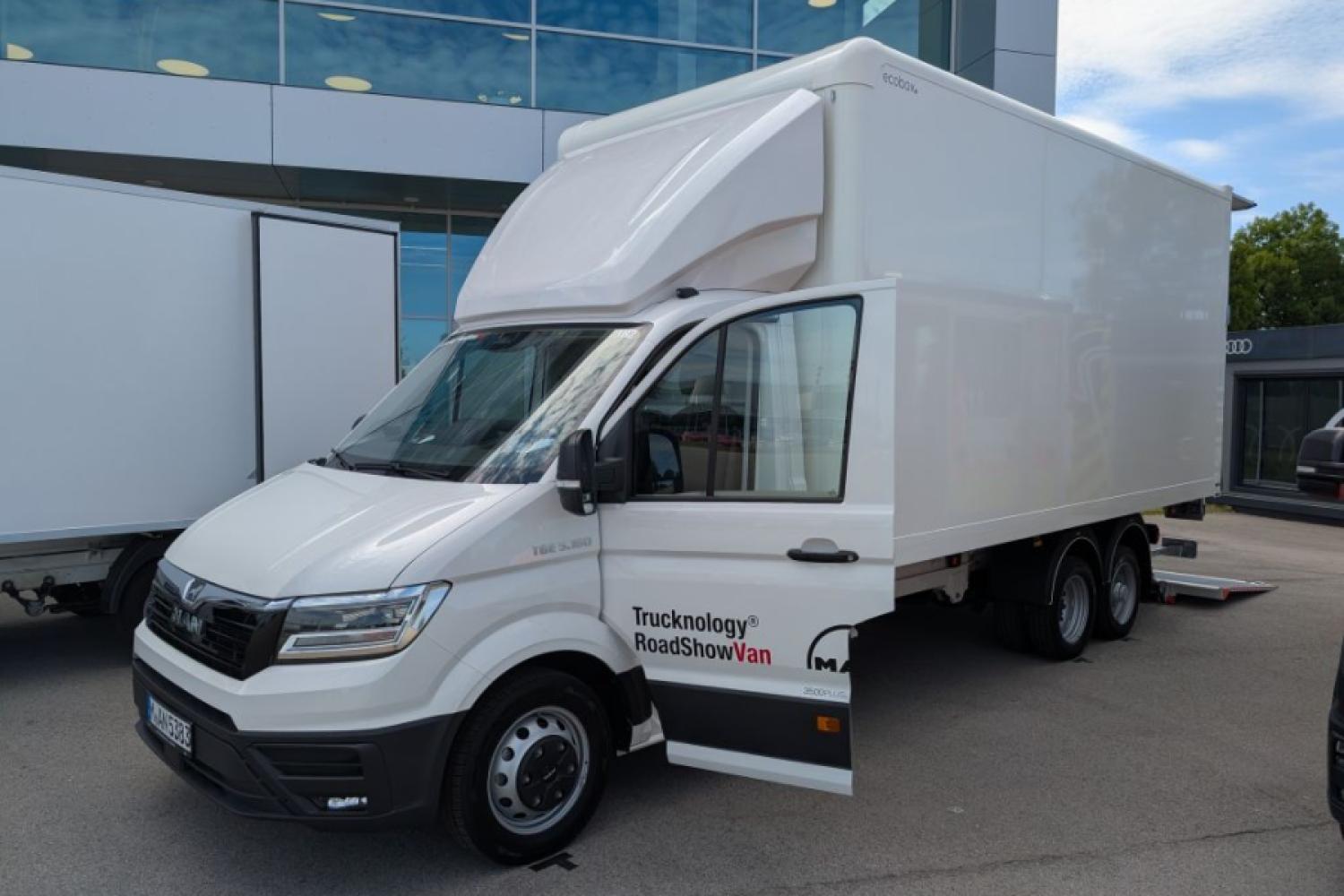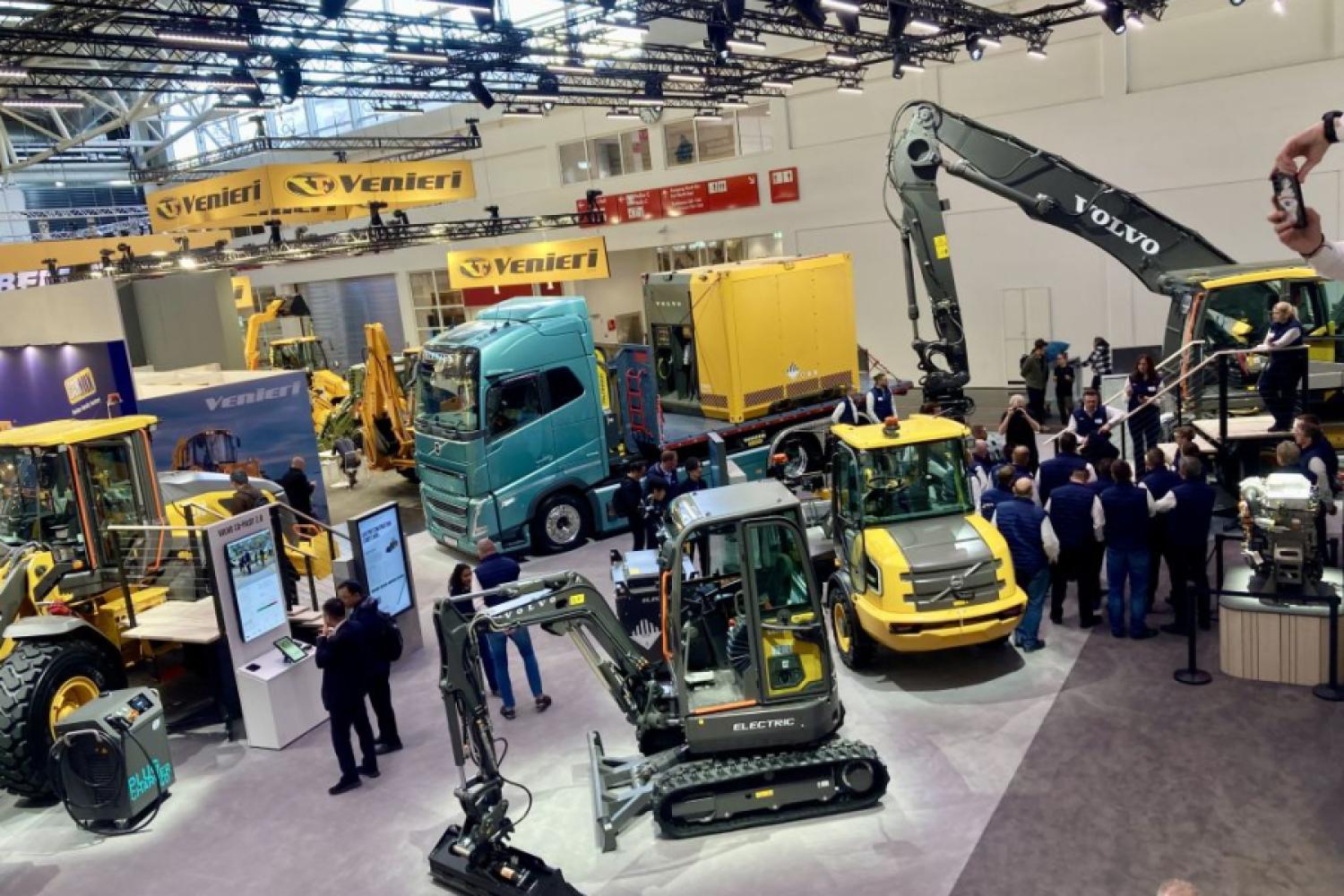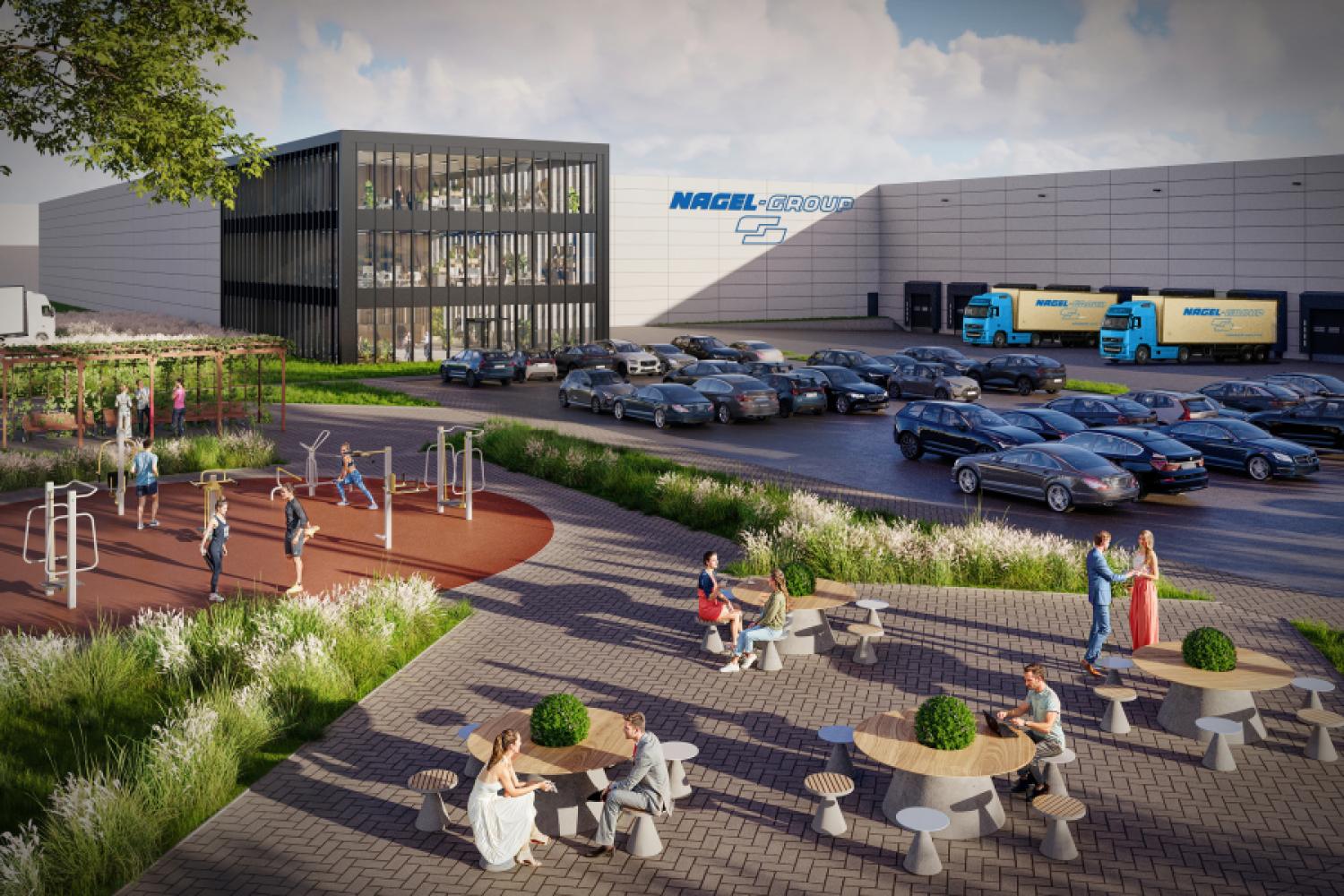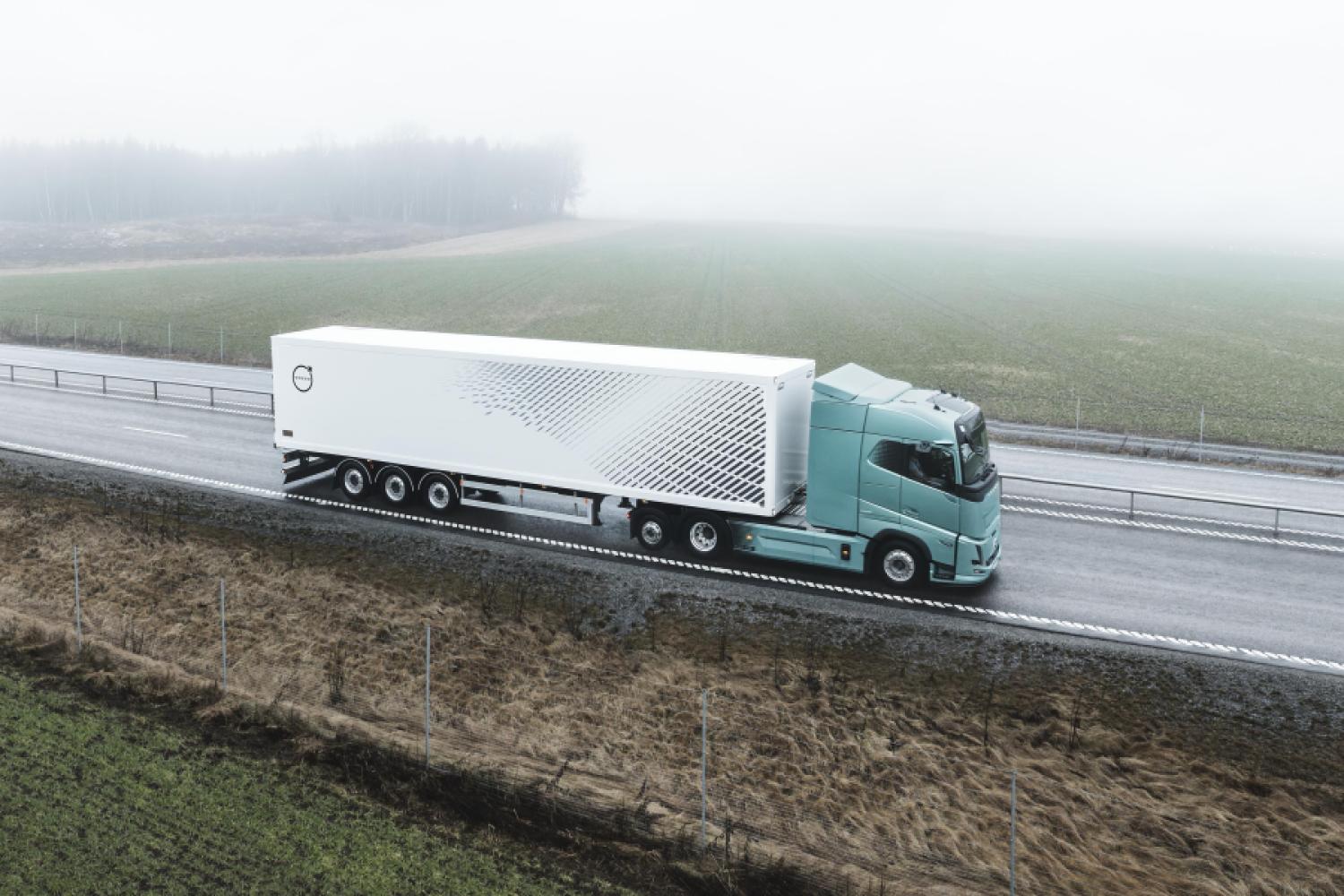In addition to the big fair in Shanghai, a new startup has pushed its way onto the stage in the USA: Slate Auto, supported by none other than Amazon founder Jeff Bezos. Their plan: to shake up the electric car market - with affordable e-pickups that sound a bit like a kit. The first model, simply named "Slate," is supposed to cost around $25,000 and can be upgraded to a five-seater SUV as needed. McGyver would be thrilled.
Prices start at $27,500 – after subsidies in the USA at $20,000!
While luxury brands like Lucid and Rivian preferred to start off at a high price, Slate Auto wants to shine with competitive prices: under $20,000 after subsidies – at least in the bare-base version. This base consists of a more spartan two-seater, which can be equipped with one of the two announced battery sizes: 52.7 kWh (for around 150 miles) or 84.3 kWh (240 miles) according to the strict US standard. The Slate is powered by a 150-kW motor on the rear axle – and that's about it for
now. Front-wheel drive, all-wheel drive, or other extras? None.
By the way, the battery cells are not from some cheap supplier, but from SK On in the USA – at least with decent nickel-manganese-cobalt chemistry, not the cheaper LFP cells that one might have expected here.
Sweet Spot: At 4.44 meters, the pickup is compact – rather large for a compact
The real trick: the Slate is as modular as a furniture set from Sweden. The pickup is 4.44 meters long, 1.80 meters wide (without mirrors), and 1.75 meters high. With countless accessories, it can be customized individually, from camping modules to an SUV upgrade for a maximum of $5,000. Paint? There isn't any. The Slate always comes in a shade of gray from the composite press; if you want more, you’ll have to apply the wrap yourself.
There is ONE color – and many wraps
Because the actual customization doesn't happen at the factory in Indianapolis, but later at the dealer or at home with a wrench. Why? Because Slate wants to save $350 to $500 million per
year on expensive facilities. Clever or adventurous? We'll see.
Inside: Pure driving – without a display and even without speakers!
And because saving at Slate is not just a side issue but a program: The interior looks like a throwback to the 20th century. Small display, simple steering wheel, three rotary knobs for the air conditioning (no automatic!), no infotainment, no touchscreen, no navigation, no speakers. But there is a holder for your own smartphone – and apps are supposed to be available eventually. Electric windows? No, hand cranks! Retro fans cheer, everyone else frowns.
Whether the Slate is a serious pickup is another matter: The loading area is 152 cm long, the payload is 635 kilograms, and it can only tow 453 kilograms. There's not much left if you convert it into an SUV. Heavier roof construction = less payload – a simple calculation. Although, visually, the Slate works both as a pseudo-off-roader in Ford Bronco style and as a compact.
At least there are a few standard safety systems such as traction control, ESC, emergency brake assist,
airbags, rear-view camera, and automatic high beam. And for charging? Well – 120 kW peak power during DC fast charging sounds more like a leisurely coffee round than high speed in 2025. It takes about 30 minutes from 20 to 80 percent. The Slate naturally comes with the new NACS charging port, which Tesla also uses – at least a silver lining. AC charging should work with up to 11 kW.
With a $50 deposit, you can be part of it
You can reserve now for a mere $50 deposit – which is at least refundable. The first deliveries are announced for the 4th quarter of 2026. Slate plans to assemble up to 150,000 pickups per year in Indianapolis.
What does this mean?
A bold and refreshingly simple concept. Will it work? We'll see. In the USA, several EV startups with similar ambitions have already failed – Lordstown Motors and Canoo come to mind. And even Rivian and Lucid are hardly emerging from the red despite billions in aid. But optimism is a part of the startup course of
